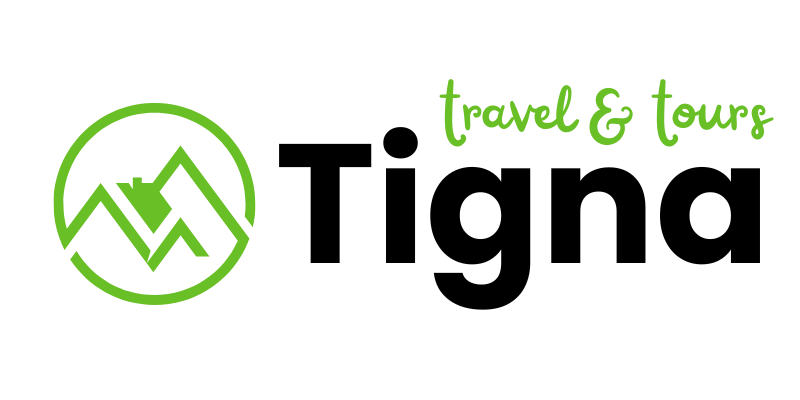TOP Destinations
Al Maghrib, its name in Arabic, means west where sun sets. A country located in the north-west of the African continent, only 12 miles from Europe. All of Mauritania, Libya, Tunisia, Algeria and Morocco represent what we currently call Al Maghreb Al Arabi, a unification strategy in achieving a common market in North West of Africa.
A large country with an important surface area of about 760.000 sq.Km. Morocco is a strategic meeting point of Mediterranean sea (520 km long) and Atlantic Ocean (3000 km long). Land of the giant Atlas! There are important mountains ranges including the Rif mountains in north and the middle Atlas stretching from North-east to the plains in the centre of the country, the high Atlas range which is about 700 km long contains the highest peak in north Africa, Mt.Toubkal(4167 m), Anti-Atlas in the south west and the small pre-Saharan mountains dotted with impressive oases before ending in the dramatic sand dunes further to southern borders. An excellent background for geographical issues
Tourist sites: Morocco
– Sites of historical value: Fes, Marrakech, Meknes and Rabat are the four imperial cities which were taken as major capitals by the various dynasties throughout the history of Morocco. These cities contain many historical sites including medinas, ramparts, palaces, mosques, fountains, tombs, granaries. And these sites are characterised by intricate Berber and Andalusian architecture. There are other towns including Taroudant, Ouarzazate, Chefchaoun and Tangier which contain remarkable historical sites. Roman ruins can be found in Volubilis near Fes, Chellah in RABAT and in some towns along Atlantic coast such as Larache.
– Atlantic and Mediterranean Beaches: Essaouira remains one of the prettiest towns along the Atlantic Coast and provides beachside activities such as surfing, windsurfing and sailing. Oualidia is another beautiful little town on the coast, famous for its oysterbeds and a friendly place to meet the local fishermen going about their daily business.
– Mountains: Morocco is a country of high peaks including Toubkal (4167m) in the occidental High Atlas the highest peak in north Africa, Mgoun (4071m) in the central High Atlas, El Ayachi(3600m) in the eastern ranges.
– Sand dunes and oases: Travelling south Morocco is a real experience. One can explore the remote oases of the Draa and Ziz valleys, still surviving in spite of serious desertification problems. Nearby rise the spectacular sand dunes of Erg Chebbi and the Cheggaga dunes where nomads still set up their tents .
– Gorgeous Gorges: Both the Todghra and Dades gorges are impressive canyons to visit while in south of Morocco, where lush valleys appear like a mirage in the middle of nowhere.
– Happy valleys: Where there is a valley, there is a set of authentic Berber villages perching on slopes, overhanging the green farming plots where a great variety of vegetables, grains and fruit trees are cultivated.
– Water falls: The Ouzoud falls remain the most impressive in the country, located not far from Marrakech. Morocco is a rich country in terms of its history, population, culture, architecture and traditions. It is definitely your best doorway to African and Middle East culture. An amazing world to discover soon!
Population: Morocco
A mixed society of Berbers, Arabs, Jews. These communities have lived together for a long time life. But Berbers are considered indigenous people whose origin still remains a mystery till the present time. Arab families first moved from the Middle East to settle in North West Africa and introduced both Islam and Arab culture. Jews remain another important component in the Moroccan social web, settling in many regions of the country both in the north and the south. Today, Berbers and Arabs form the main elements of Moroccan society. Both classical Arabic and various spoken Arabic dialects which have slight regional differences in terms of diction, phonology and morphology are widely spoken. A Moroccan native Arab can easily communicate with an Iraqi native Arab when they both adopt classical Arabic. On the other hand, many Berbers converse solely in Berber or Tamazight. Berber is an independent language, different from Arabic and largely spoken in Morocco and in some other neighbouring countries such as Algeria, Mali and Niger. Again within Berber language, there are regional differences in diction, phonology and morphology. The unification of the Berber language is one of the present concerns of Berber communities in land of Tamazghra.






